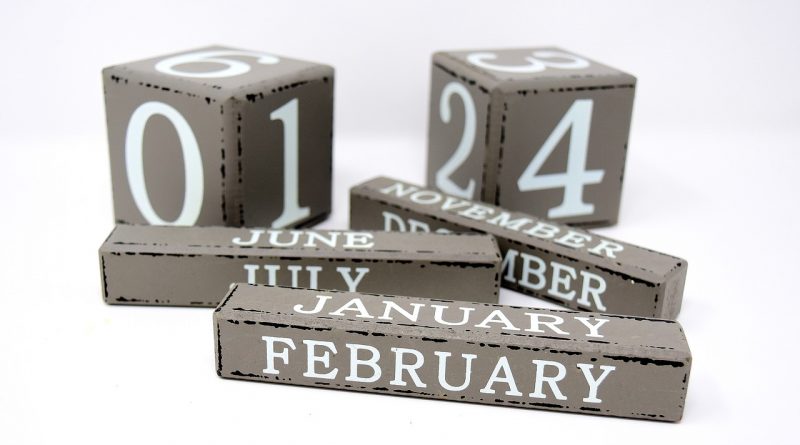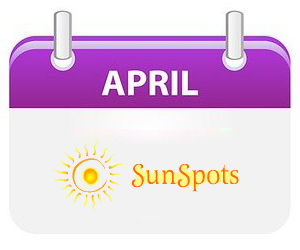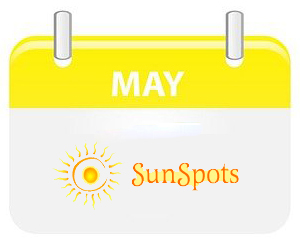There was a time when the southern boundary of Vancouver was 16th Avenue. To the south was, appropriately, the huge municipality of South Vancouver. In 1908 a big chunk of South Vancouver seceded and called itself Point Grey…..

Sunspots
Sunspots
Back on June 28, 2004 I began a series of mini-articles for The Vancouver Sun. Every other Monday, on Page B2, alternating with Red Robinson, I’d write 200 words on an event in the region’s past that occurred on the same day as the article appeared.
What appears is some of that collection of articles. At about 200 words each they’re not going to give you the whole story, but you may find them interesting. They are grouped by month.

Sunspots – February
It’s Wednesday, February 6, 1952, exactly 54 years ago today. Princess Elizabeth, 25, and her husband, Philip, 30, are in a tree hut in Kenya’s Royal Aberdare Game Reserve, watching big game gather below at a jungle waterhole….

Sunspots – March
If you were here on March 6, 1945—exactly 60 years ago today—you will remember the waterfront explosion of the 10,000-ton freighter Greenhill Park, easily the most spectacular and disastrous event in the port’s history.

Sunspots – April
On April 3, 1956 there was an attempted bank holdup on North Road in which the bad guys used a machine gun for the first time in Greater Vancouver crime history….

Sunspots – May
It’s one of the great houses in the city, a fixture on Point Grey Road for more than 90 years. But Brock House began as the Gilman house, named for Philip Gilman, a mining engineer who bought two-and-a-half acres on the Point Grey waterfront, had noted architect Samuel Maclure design the home (with eight fireplaces), and moved in with his wife and two sons…

Sunspots – June
D-Day, on June 6, 1944 is a date virtually everyone knows: it marked the invasion at Normandy. More than a thousand planes and gliders began dropping paratroopers into Normandy in the dark hours before dawn. The push to recapture the Nazi-occupied continent was under way….

Sunspots – July
Interurban streetcar service on the line between Vancouver and Steveston in Richmond began July 4, 1905. One of the cars that served that route from opening day—No. 1207, and still with us— was built in the BC Electric Railway’s own shops at the south end of 12th Street in New Westminster….

Sunspots – August
On August 1, 1936 the Olympic Games began in Berlin. Covering the event for The Vancouver Sun was 28-year-old Erwin Swangard. Sitting in the stands observing the activities: German Chancellor Adolf Hitler….

Sunspots – September
1940 was a nervously busy year in wartime Greater Vancouver. Local shipyards were building corvettes and minesweepers for action in the Atlantic, and converting passenger ships for wartime use. (One converted cruise ship, the Prince Robert, promptly went into service in 1940, seizing a German freighter off the coast of Mexico and bringing her to Esquimalt as a prize of war.) …

Sunspots – October
A tiny spot in Stanley Park has a long and pleasant history. Native people had been passing by for centuries, but around 1860 the Royal Engineers made a small clearing there for a survey post. A fellow named Johnny Baker, who’d married a local native girl, built a shack in the clearing and moved in with his family. He made the clearing larger, put in a little garden and started keeping pigs. …

Sunspots – November
Chances are good that if you work in downtown Vancouver, or attend a performance at the Queen Elizabeth Theatre, or take in a Lions game at BC Place, or settle down to read at the Vancouver Public Library, you’re being warmed by the folks at Central Heat Distribution. …

Sunspots – December
On December 4, 1972 the minimum wage for adults in British Columbia was set at $2 an hour, the highest in Canada.
Economic doom was predicted, especially when the NDP government promised a further boost to $2.50 an hour by mid-1974. Even more alarming, the new bill applied for the first time to women as well as men.

